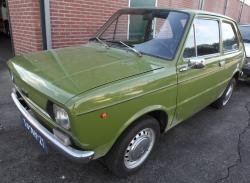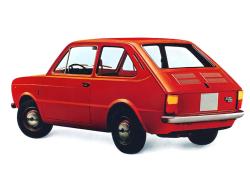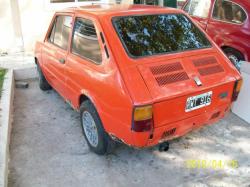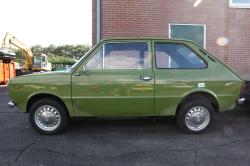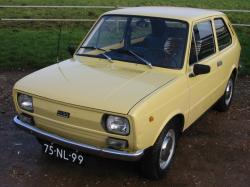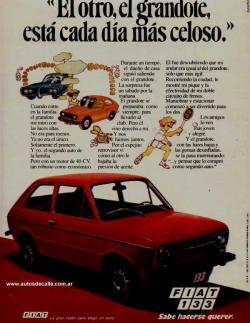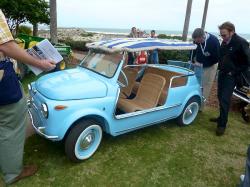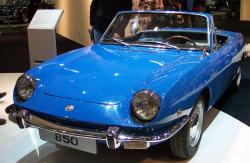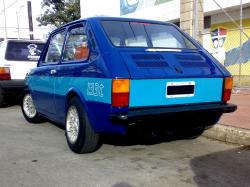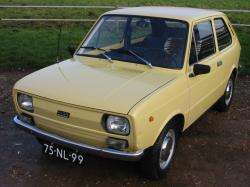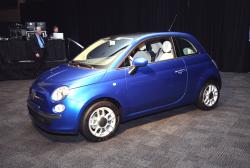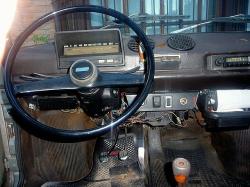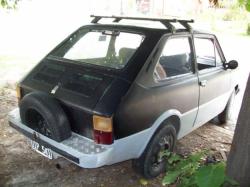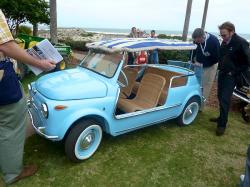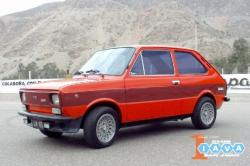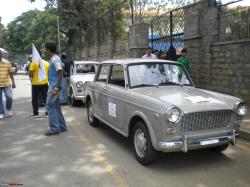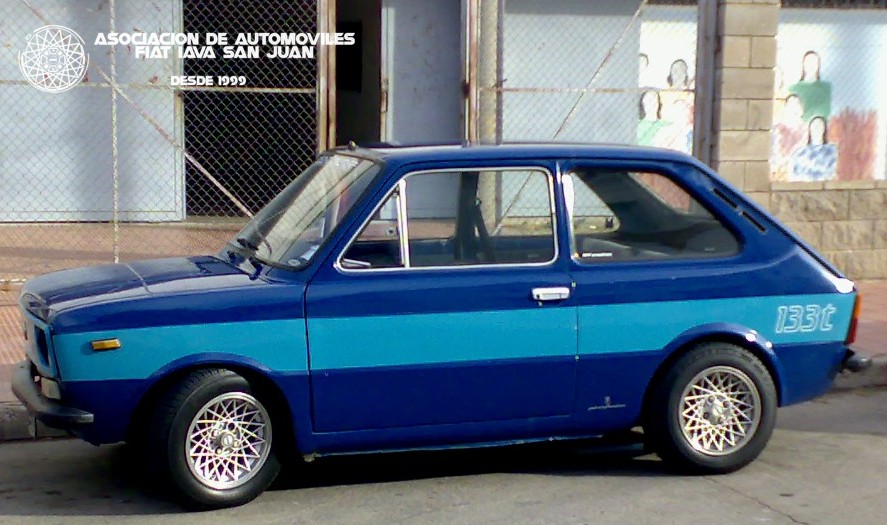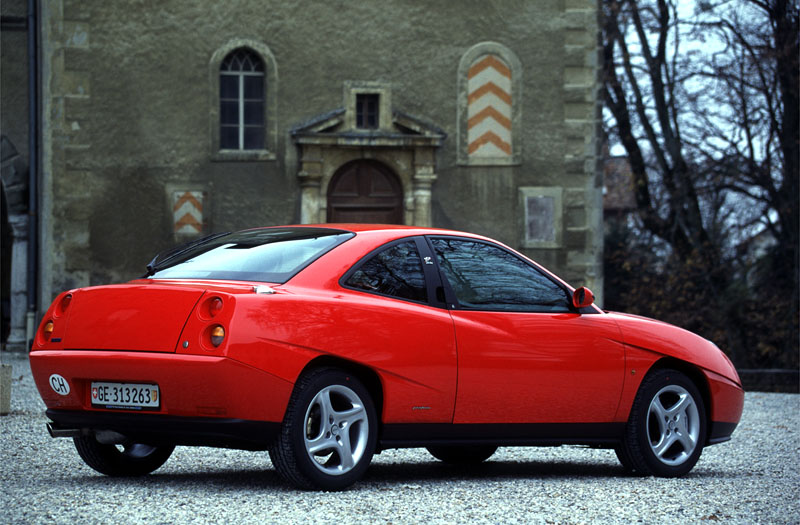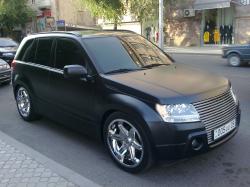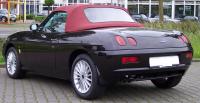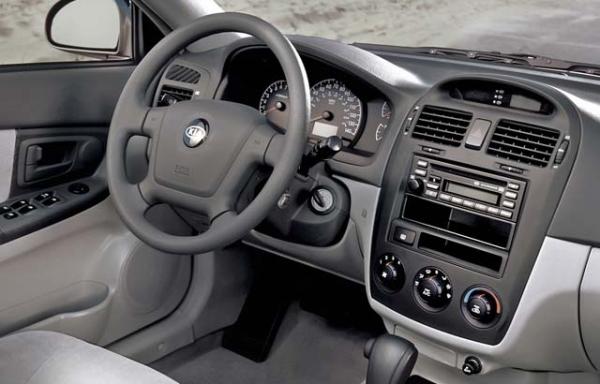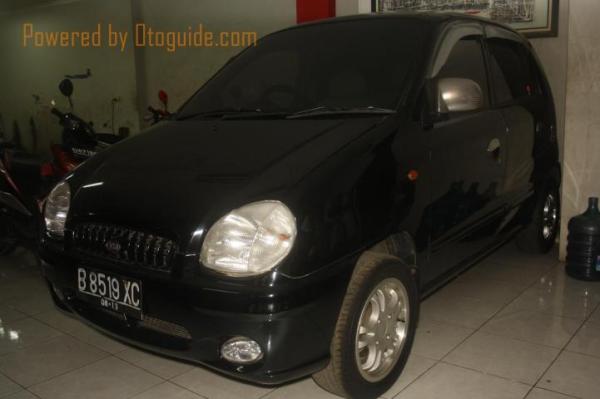The SEAT 133 was potentially a standout amongst the most pointless autos sold by Fiat merchants in the UK throughout the 1970s. It was a befuddling item, as well, on the grounds that it was an odd mixture of old and new - the floorpan, motor and gearbox were taken from the SEAT 850, however the body styling was all-new, and resembled a cross between the Fiat 126 and 127.
Anyway contrasted and the cream of the '70s supermini crop, the back engined 133 didn't stand a chance – and it slumped outside of its home market. In Spain, where extreme import hindrances had been raised and cash was tight, its great fuel utilization and trusted mechanicals were certain offering focuses. However in the UK, where purchasers could really purchase the incomprehensibly predominant 127 from the same dealerships the Spanish import had no true offering focuses. Uncommon in those days - non-existent in the UK no
sponsored:

fiat 133
Review of other vehicles
The Suzuki Grand Vitara is a compact sport-utility vehicle that originally replaced the Sidekick in Suzuki's lineup. With rugged, truck-like construction and rear-wheel drive or four-wheel drive, the Grand Vitara has more inherent hauling or off to the road ability than other compact SUVs like the Honda CR-V, Toyota RAV4, or Ford Escape...
Read more...
The Alfa Romeo 145 were Fiat Typo-based substitutes for the somewhat defamed 33.the new auto, which truly commenced the pattern for putting separation between three- and five-entryway adaptations of the same auto, looked striking, and - like the 164 preceding it - likewise figured out how to look altogether different from its Fiat and Lance brethren...
Read more...
Aprilia has dependably been in front of the pack in terms of present day advances and cruiser updates. With consistently that passes its models gotten better and better and the 2104 SX 125 makes no exemption...
Read more...
